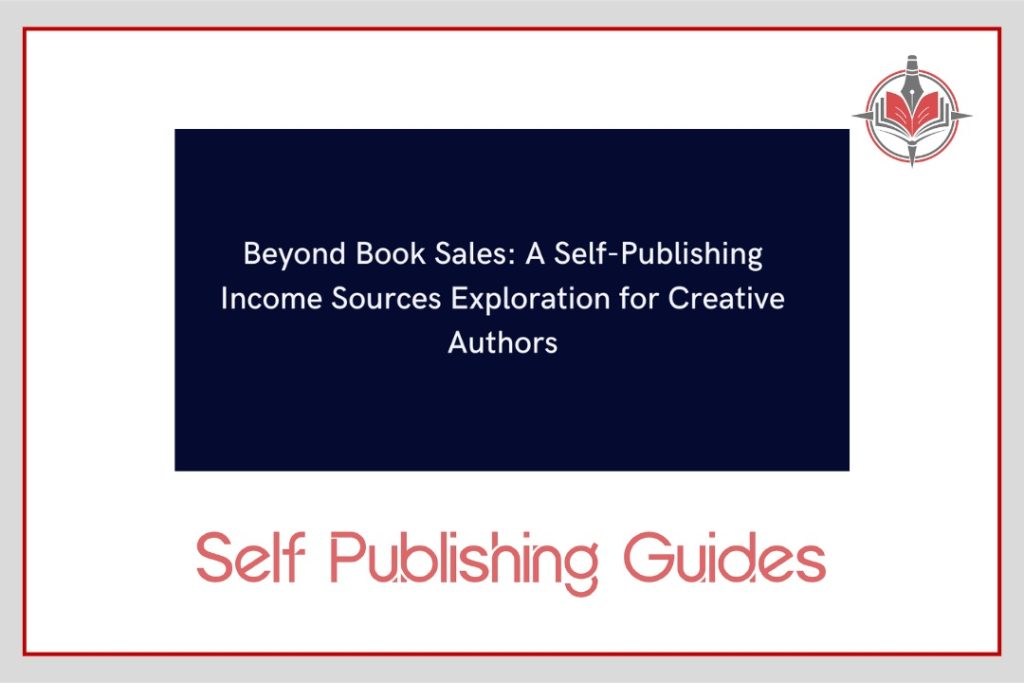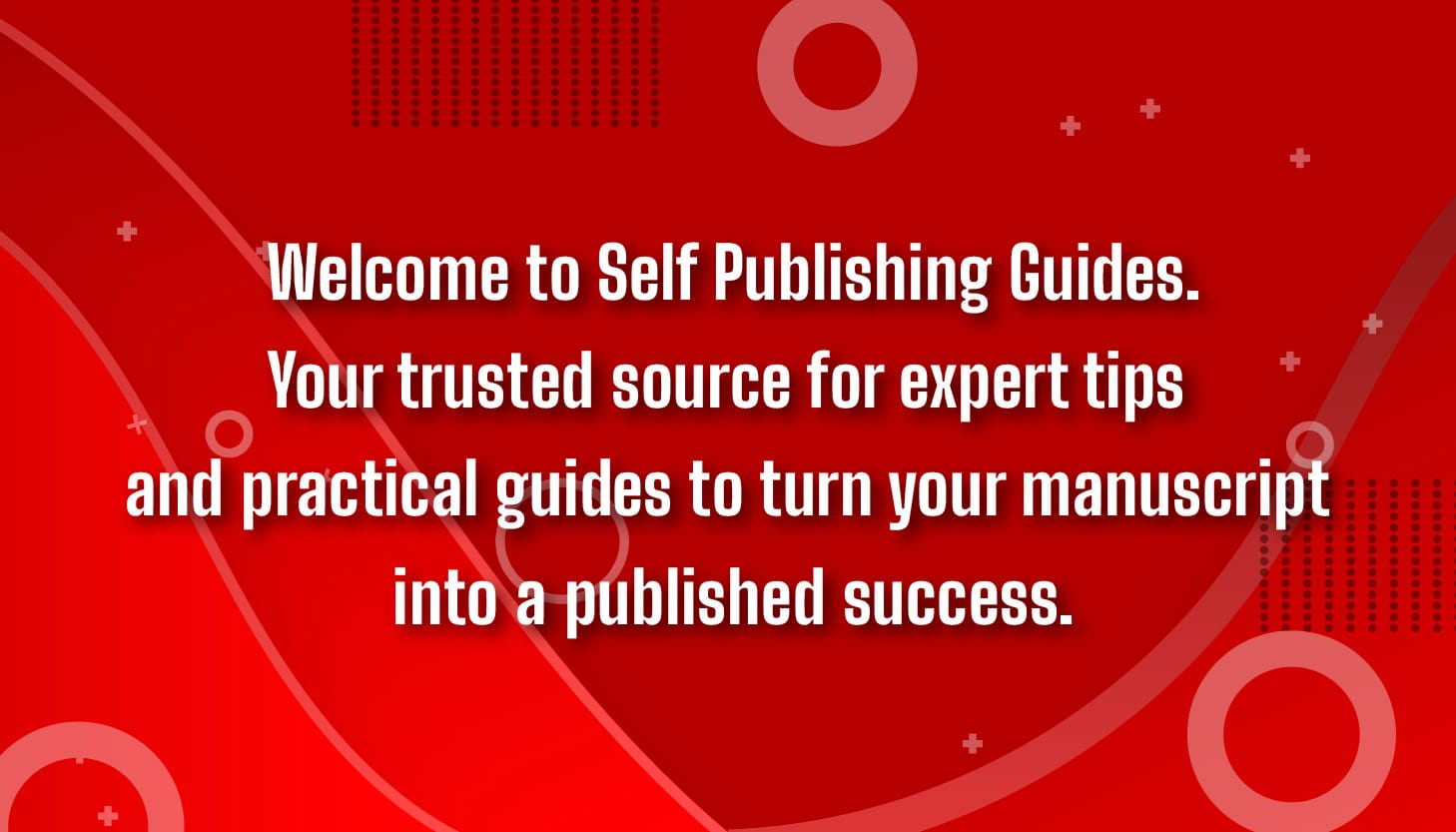
Introduction: The Myth of “Book Sales Only”
You’ve done it, you’ve poured your heart into a book, hit “publish,” and waited for the royalties to roll in. Then reality hits: your first payment barely covers a fancy coffee and a muffin. Sound familiar? That’s because the dream of making a full-time living only from book sales is just that, a dream. The truth is, most successful authors treat their books as launchpads, not end goals. And that’s where a self-publishing income sources exploration becomes not just helpful, but essential.
The good news? You have far more ways to earn than you think. From audiobooks to online courses, merchandise to speaking gigs, the possibilities are endless, and they can turn a small book launch into a thriving author business.
Why Authors Need Multiple Streams of Income
Think of your author career like a table; the more legs it has, the steadier it stands. Relying on a single source (like Kindle sales) is like balancing a wobbly table on one leg. Sure, some authors make it big with just sales, but for most, diversification is the difference between struggling and thriving.
A thorough exploration of self-publishing income sources reveals that while book royalties may make up a portion of earnings, other channels can sometimes surpass them. The authors who consistently hit higher monthly income are often the ones who have built a mix of creative and business-focused revenue streams.
Creative Income Stream #1: Audiobooks & Voice Licensing
Audiobooks are booming, not just for big publishing houses but for indie authors too. Platforms like ACX, Findaway Voices, and Author’s Republic let you create and distribute your audiobook globally.
You can choose to narrate your work (a great personal touch) or hire a professional narrator. Plus, voice licensing, letting other creators or companies use your words in audio form, is a hidden gem in the self-published writer income breakdown. It’s passive income once it’s produced, and the global audience for audio keeps growing.
Creative Income Stream #2: Courses & Workshops
If your book teaches something, or even if it’s fiction with a strong theme, you can turn that knowledge into a course. Nonfiction authors can create step-by-step video lessons, while fiction authors might host writing workshops or “world-building” masterclasses.
Platforms like Teachable, Kajabi, and even Zoom make it easy to get started. A self-publishing income sources exploration will often show that courses can earn more per student than you might make from selling multiple books. It’s also a way to connect with readers on a deeper level.
Creative Income Stream #3: Merchandise & Branded Products
You’ve probably seen authors selling character-inspired mugs, tote bags, or T-shirts, and you can too. Services like Printful or Redbubble handle the printing and shipping for you, so there’s no upfront cost.
For example, if your fantasy novel features a quirky saying or magical symbol, you can put that on a hoodie and sell it through your website. Merchandise sales are often underestimated in a self-published writer’s income breakdown, but they can create loyal fans who wear your brand.
Creative Income Stream #4: Crowdfunding & Membership Platforms
Patreon, Kickstarter, and Ko-fi aren’t just for musicians and artists. Authors use them to fund book launches, support ongoing projects, or offer VIP perks to superfans.
A well-planned self-publishing income sources exploration will include at least one of these platforms. You can offer rewards like early chapters, signed copies, or behind-the-scenes updates, all of which create steady monthly income from dedicated readers.
Creative Income Stream #5: Licensing & Adaptations
Licensing your story rights can be a game-changer. Maybe your novel becomes a short film, or your nonfiction book is translated into multiple languages. These deals can be one-time payments or ongoing royalties.
Many authors find this category to be one of the most surprising parts of a self-published writer’s income breakdown because it’s not something they considered when they first hit “publish.” But remember, your intellectual property has value beyond the printed page.
Creative Income Stream #6: Speaking Engagements & Consulting
Your book makes you an expert, whether it’s in storytelling, history, cooking, or business. Schools, companies, and conferences often pay authors to speak.
This is where a self-publishing income source exploration blends art and personal branding. Paid speaking gigs not only bring in revenue but also grow your audience, which can lead to more book sales and opportunities.
Creative Income Stream #7: Affiliate Marketing & Collaborations
If you write about a niche topic, brands in that space may be eager to work with you. Through affiliate marketing, you earn a commission every time someone buys through your link.
For instance, a travel memoir author might partner with luggage companies. In a self-published writer’s income breakdown, affiliate earnings may seem small at first, but can add up significantly with the right audience.
A Real-World Self-Published Writer Income Breakdown
Let’s imagine an indie author named Sarah who writes cozy mysteries. Here’s how her monthly income might look after diversifying:
- Kindle eBook & Paperback Sales: $1,000
- Audiobooks: $600
- Online Courses: $1,200
- Merchandise: $400
- Patreon Memberships: $350
- Speaking Engagements: $450
That’s a total of $4,000 a month, and notice that most of it isn’t from direct book sales. This is exactly why exploring self-publishing as an income source is worth your time.
Final Thoughts: Building a Long-Term Author Business
Your book is your foundation, but your income doesn’t have to stop there. By mixing multiple revenue streams, you can create financial stability and open doors to opportunities you never imagined.
A self-published writer’s income breakdown proves that the authors thriving today are the ones who think like entrepreneurs. Start small, experiment, and build your path to success, because your words deserve to work for you, long after the last page.

